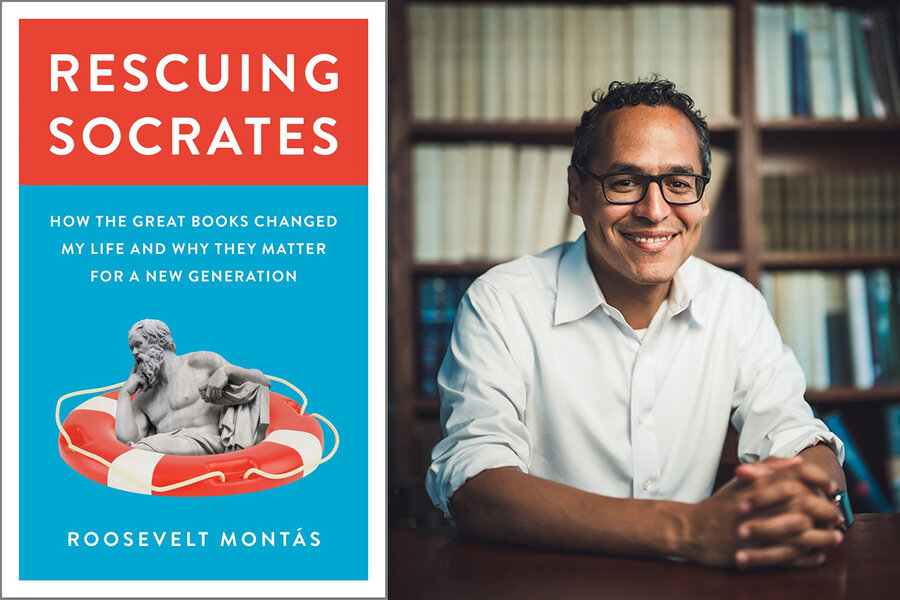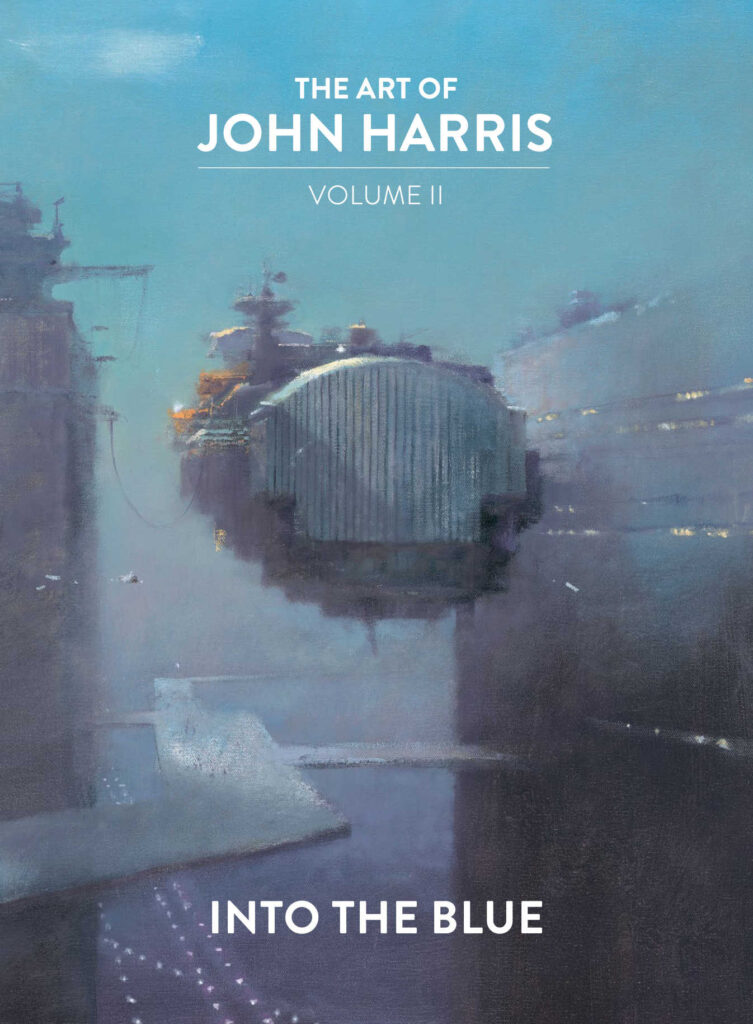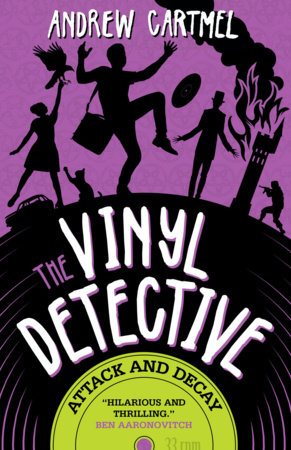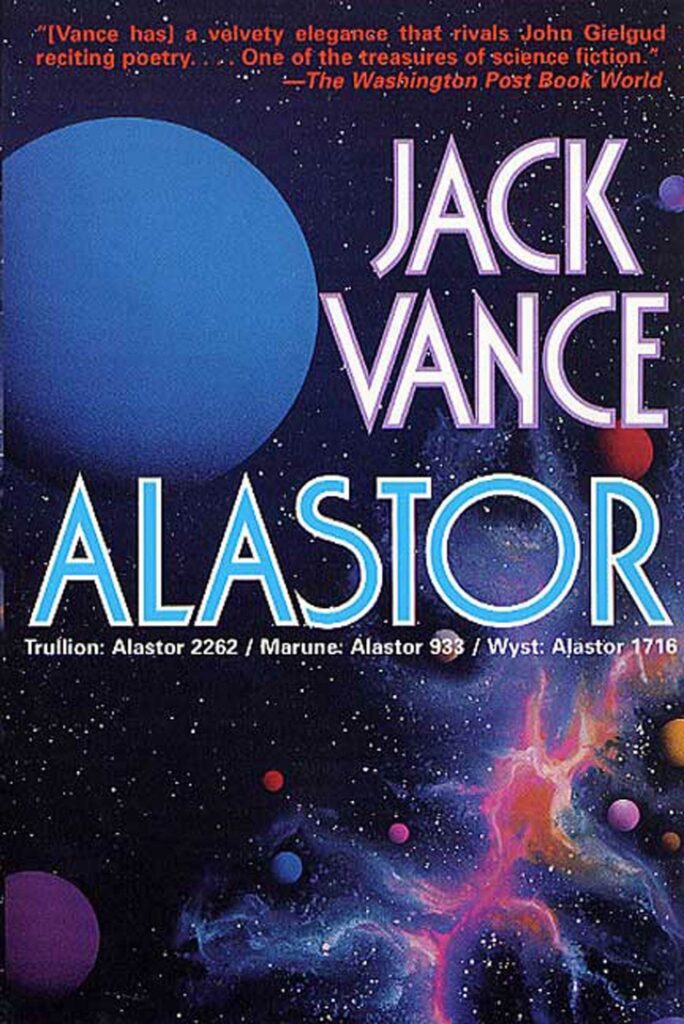
The 12-3 Buffalo Bills are 1-point favorites over the 11-4 Cincinnati Bengals on Monday Night Football tonight. Should be a close game since this game affects Playoff slotting for both teams. Go Bills!

The 12-3 Buffalo Bills are 1-point favorites over the 11-4 Cincinnati Bengals on Monday Night Football tonight. Should be a close game since this game affects Playoff slotting for both teams. Go Bills!


“Along with greenness and wonder of a country boy, I landed at JFK International Airport with a head full of lice and a belly full of tropical parasites. In many respects, I was an unlikely candidate for the Ivy League.” (p. 5)
Roosevelt Montas, a Dominican-born immigrant who lands in Queens, New York poor but eager to learn, finds a stack of books put out in front a brownstone for Garbage Day. Amazed that Americans would throw books away, Months picks up two books from the stack: one by Socrates, one by Shakespeare. Surprisingly, the book by Socrates unleashes a need in Montas to go to college. Columbia University accepts Mantas and he goes through the Great Books program when students read a classic book every week.
Although Mantas loved most of the Great Books–except for Aristotle–he focuses on the impact reading Saint Augustine, Socrates, Freud, and Gandi had on him. Behind the descriptions of these classic works, Mantas defends the idea that college students should read Great Books and not just study the subjects that will get them jobs when they graduate.
When I was teaching, I would slip some Great Books into my syllabi–Dicken’s Bleak House and Hard Times were favorites of my students–but most professors just stick to their subject matter and don’t attempt to expand the curriculum.
Roosevelt Montas, from 2008-2018, was director of Columbia’s Center for the Core Curriculum. He advocated for the Great Books he admires. Rescuing Socrates is a love letter to readers who love these wonderful books. GRADE: B+
TABLE OF CONTENTS:
Introduction: The Case — 1
Chapter 1. Turning My Attention Back to Myself: Saint Augustine — 21
Chapter 2. The Examined Life: Socrates, Plato, and a Little Bit of Aristotle — 66
Chapter 3. Making Peace with the Unconscious: Freud — 113
Chapter 4. Truth Is God: Gandhi — 162
Epilogue: Nuts and Bolts — 210
Acknowledgments — 227
Index — 233








Western New York turned into the Ninth Circle of Hell with everything frozen as Arctic winds of 70 mph whipped into the area on Friday, December 23, 2022. A Lake Effect snow band dropped 53 inches of snow on the Buffalo Airport–which promptly closed (it just opened Wednesday, December 28 after being closed for FIVE days).
Gale force winds ravaged the area non-stop. Although the TV weather-guessers warned everyone all week long, thousands of people were surprised by the swiftness and ferocity of the Blizzard. Many people found themselves in white-out conditions. Others got stuck. Others, trapped in their cars by the wind driven snow, died.
Thousands of people in Western NY, mostly in Buffalo, lost power for days. National Grid released a statement saying their crews could not work on the power lines if the wind speed was over 40 miles per hour. Well, the winds didn’t go below 40 mph for days so people died from the arctic temperature in unheated houses.
The streets were impassible so the Mayor of Buffalo and the County Executive of Erie County got on the radio, TV, and social media to warn people that First Responders would NOT be able to rescue anyone until conditions improved. If you left your house and got stuck no one was going to rescue you. More people died.
The Blizzard dissipated on Tuesday, December 27, 2022 but thousands of tons of snow clogged the streets, collapsed roofs, and made restoring power slow and difficult.
Western NY is slowly recovering. We drove Patrick and Katie to the reopened Buffalo Airport and they were able to fly to New York City without problems. Diane’s friend, Johanna, who lives a block away from us, lost power on Friday, December 23, 2022. She thought the power would come back on, but it didn’t. When she came to our Christmas Dinner, she told Diane she had been without power for three days and the temperature in her house was 40 degrees.
Diane said, “You are staying here with us until your power comes back on.” Three days later, Johanna’s power came back on. The cause: the powerful winds cracked a power pole in half and the wiring fell into the snow and was buried. EIGHT National Grid vehicles and a dozen workmen finally got that problem fixed.
Enduring a catastrophic weather event is No Fun. But we had Patrick and Katie to help us deal with the snow and the cold. We rescued Johanna. I snowblowed the sidewalks and driveways in my neighborhood. If you work together, you can survive just about anything.
And, I prefer my Blizzards from Dairy Queen!






















All I want for Christmas is for the Buffalo Bills to win in Chicago today despite the single-digit temperatures and chilling winds! The Bills are 8-point favorites, but the weather conditions could be dicey–both in Chicago and Buffalo. After the Bills game, some friends were supposed to come over to celebrate Christmas Eve with us but right now we have a county-wide Travel Ban in effect. Have a hot toddy or hot chocolate to enjoy the countdown to Christmas!